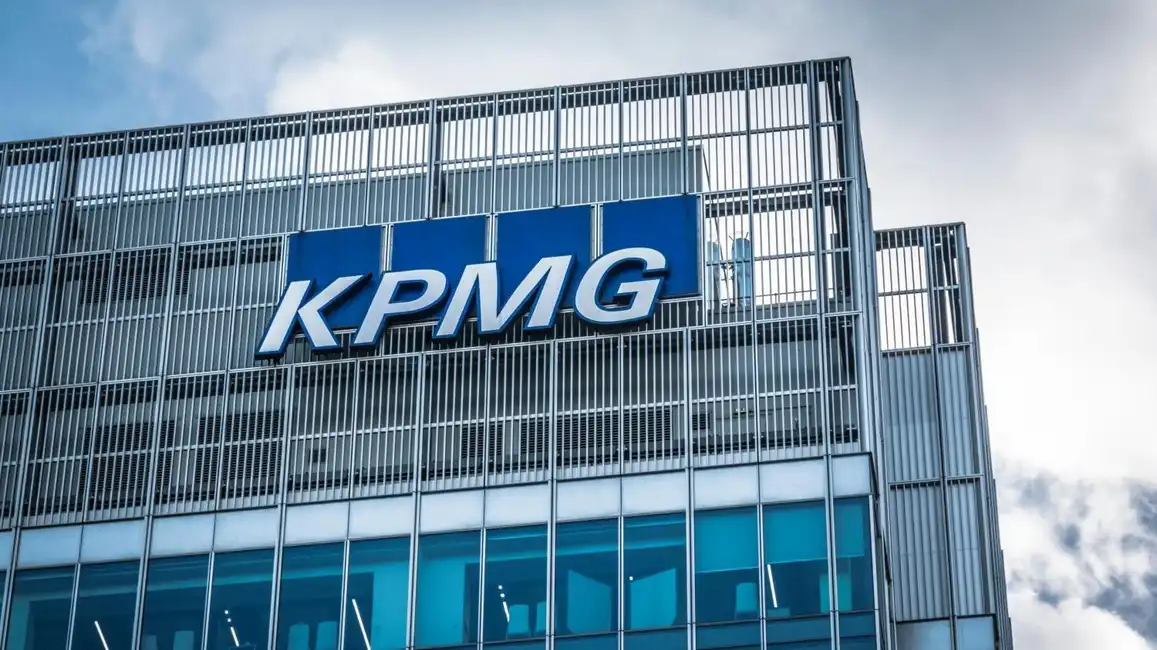The UK’s largest supermarket chain Sainsbury’s reached a major financial achievement by reporting operating profits of £1 billion last year.
The company's recent success faces potential challenges because future profit may stagnate due to increasing difficulties within the retail market. Investors must now consider the difficulties Sainsbury’s and other UK supermarket chains face while operating in a highly competitive market with cost-conscious consumers.
Supermarket Price War
The competitive environment among UK supermarkets continues to escalate as major chains struggle to capture market share.
Competition from Asda and discounters
The UK supermarket Sainsbury’s faces continuous pricing pressure from competitors Asda as well as discount retailers Aldi and Lidl through aggressive pricing strategies. Discount supermarkets are expanding their market share by focusing on value which compels traditional grocery stores to modify their strategies.
Promotional discounting and margin squeeze
Sainsbury’s has increased its promotional tactics, including price-matching initiatives and loyalty-program incentives, to maintain market competitiveness. Though these actions successfully draw in customers, they shrink operating margins and create additional financial challenges.
Rising Cost Pressures
The profitability challenges at Sainsbury’s worsen due to rising expenses beyond just competitive struggles.
Labour and energy cost inflation
Staffing costs have increased due to persistent labour shortages and rising minimum wages. Rising energy rates have also substantially increased operating expenses for retail stores and distribution centres.
Import duties and supply-chain bottlenecks
The combination of new import duties and supply chain disruptions after Brexit has increased the costs of acquiring goods. Delays in supply chains add complexity to inventory management, which results in increased costs and missed sales opportunities.
£650 Million Cost-Cutting Strategy
Under financial pressures Sainsbury’s has implemented a strong cost-cutting strategy to achieve a £650 million reduction over three years and safeguard its economic performance.
Logistics and procurement efficiencies
Sainsbury’s is streamlining its supply chain by merging supplier relationships and enhancing delivery methods to cut waste and boost cost efficiency.
Head-office savings and store rationalisation plans
The company plans to centralise its strategy by optimising head-office operations alongside rationalising its store portfolio. The company plans to shut down low-performing stores while restructuring others to boost their profitability.
Investor Implications
Existing shareholders in Sainsbury’s and the wider UK retail industry face both potential obstacles and prospects from current market changes.
Share price sensitivity to cost-management news
The value of Sainsbury's shares depends directly on its cost-cutting measures and effectiveness in the UK supermarket price competition. Investors need to prepare for price volatility as these factors continue to influence market behaviour.
Dividend outlook under flat earnings
If earnings forecasts remain flat Sainsbury’s dividend payouts may face difficulties in maintaining current levels or achieving growth. Investors should adjust their expectations while keeping a close watch on profitability and free cash flow.
Advocacy for Tax and Rate Reform
Implementing wider policy changes might help relieve the external factors that hold back Sainsbury's profit progression.
Potential business-rate relief for retailers
The UK business rates system modifications could help supermarket chains manage their financial challenges. The retail industry continues to focus advocacy efforts on this vital area.
Import-tax adjustments and margin benefits
Sainsbury’s and similar companies could restore their profit margins through tariff reductions on specific imports because these goods have been heavily affected by Brexit-related duties.

















